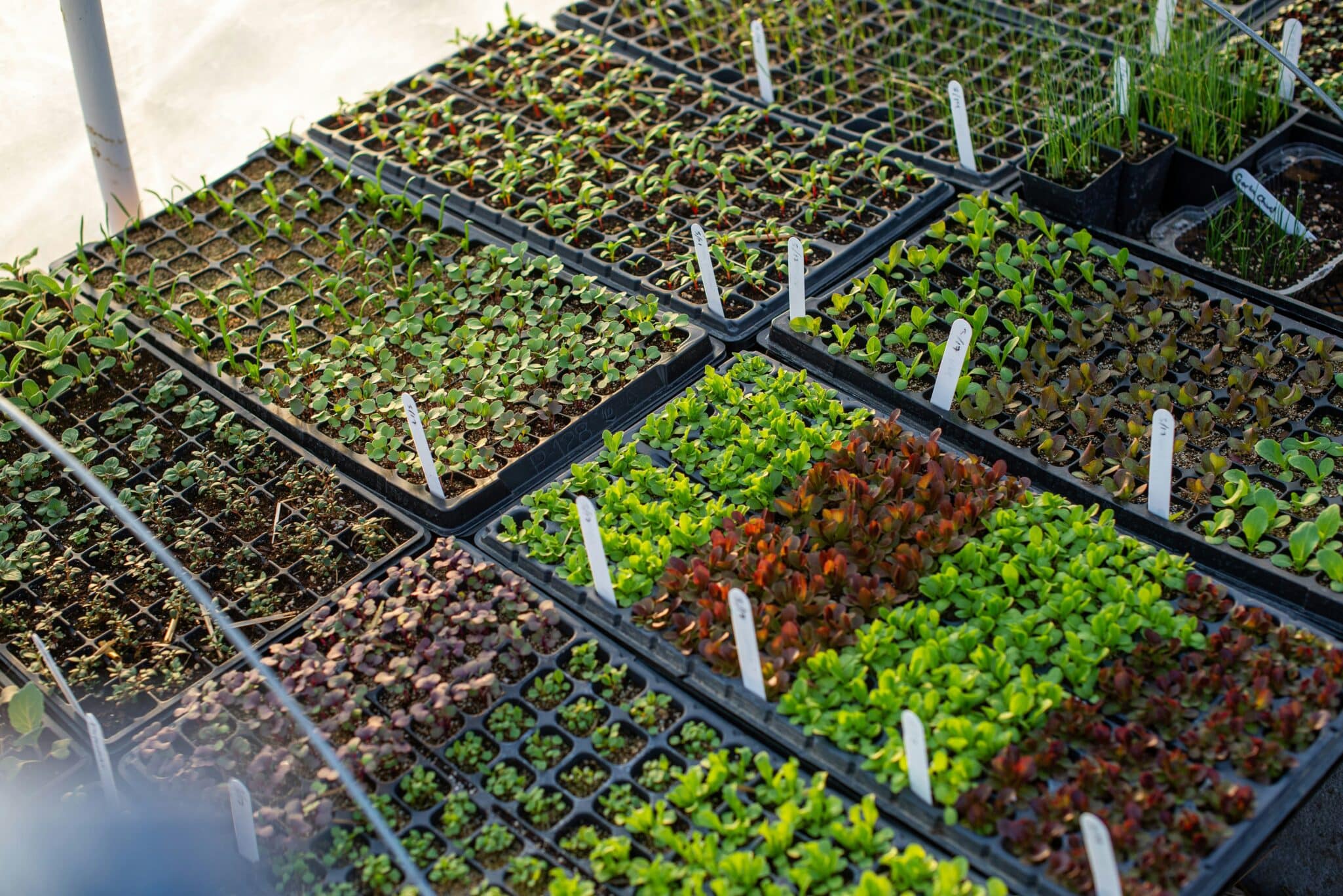The St. Louis region is positioned to become the global center for innovation in indoor soilless agriculture thanks to a cooperative effort from dozens of experts over the past two years. Industry must address several challenges including high energy footprints, affordability, and expansion beyond leafy greens. A coalition of more than 70 professionals from various industries has worked to establish a centralized base of knowledge and lay the groundwork for a new indoor farm. WWF studied novel solutions such as river cooling, underwater turbines, solar panels, food waste-to-energy systems, and the use of underground locations like caves and abandoned mineshafts. There has been significant progress toward the development of a new commercial indoor farm in the region. AeroFarms next commercial indoor vertical farm will be built in the St. Louis region and is expected to be operational in 2024.
“The fragility of the present food system in the United States has recently come to light,” according to Julia Kurnik, the Markets Institute’s director of innovative startups. “We need innovative food solutions that don’t exacerbate the effects of climate change, and indoor agriculture has a lot of promise in this regard. It’s quite satisfying to see the results of our study in the St. Louis region after all the work we’ve put into figuring out how to grow the indoor farming sector sustainably.”
The St. Louis region was identified as the ideal base for these endeavors in a 2020 WWF analysis due to its unrivaled relevant science expertise in plant science, agtech, and bioscience, along with strong potential partners including universities, foundations, and grocery chains. There is plenty of unused or underutilized infrastructure and capital assets that could be repurposed for or integrated with indoor farms to lower the environmental impact of the facilities. There is also an opportunity to benefit local communities by producing healthy food year-round in urban settings while also creating job opportunities requiring little or no previous experience.
“AeroFarms is extremely excited to collaborate with the St. Louis Region and WWF as we scale our farms in the Midwest to continue to serve our growing national and local retail partners and their customer base,” said David Rosenberg, Co-Founder, and CEO of AeroFarms. “As a Certified B Corporation with shared values to do more with less natural resources, this new farm will allow us to further our mission of growing the best plants possible for the betterment of humanity.”
The new WWF report explains steps taken in the past two years to build up the indoor agriculture industry in the St. Louis area, including:
- An analysis of innovative energy systems utilizing various un- or under-utilized buildings, facilities, and other assets: To address the energy footprint and associated impacts of indoor vertical farms, WWF studied novel solutions such as river cooling, underwater turbines, solar panels, food waste-to-energy systems, the use of underground locations like caves and abandoned mineshafts, and more.
- The formation of St. Louis Controlled Environment Agriculture Coalition (STLCEA): This Coalition of more than 70 members includes both local stakeholders and national experts from a myriad of fields including plant science, banking and finance, academia, farming, grocery chains, private industry, and more.
- Progress toward the creation of a Center of Excellence on indoor farming in the St. Louis region: The Center of Excellence will have a dual focus on knowledge sharing and best practices for indoor agriculture along with ensuring food equity and access. The Yield Lab Institute is leading the creation of the center, which will eventually be permanently located on the University of Missouri – St. Louis campus.
According to Brandon Day, Chief Operating Officer of The Yield Lab Institute, “the STLCEA Coalition made it plain that a Center of Excellence should be a primary focus for St. Louis during our sole in-person meeting in January 2020. This Center of Excellence provides St. Louis with a rare chance to establish itself as a pioneer and innovation centre for indoor, soilless, CEA, and contemporary agricultural production. For startups, strategics, NGOs, community groups, and entrepreneurs, the physical site may serve as an anchor for collaboration, piloting, validating, and accelerating the development of the next generation of agricultural production technologies and enterprises. We can’t wait to start planning and building what the Center will be and do.”
Image provided by WWF



4 Comments